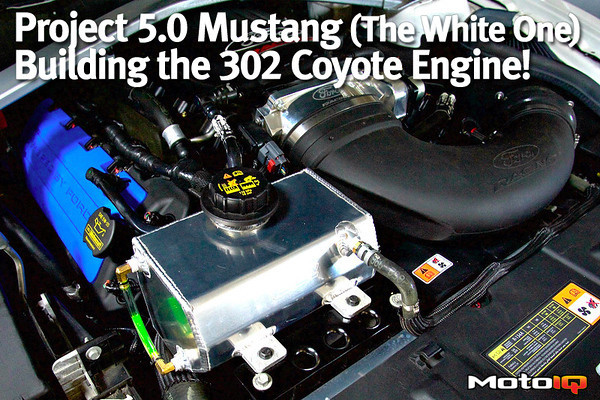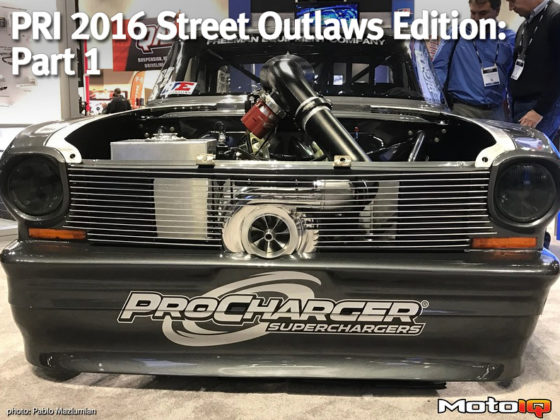,

Once the piston has been tapped down, the rod is placed on the crank journal after it has been coated with assembly lube. Then, the cap is tightened down.

Howard lightly tightens down the rod caps.

When everything is in place, the rod cap bolts are torqued down.

With the short block now together, Howard spins the crank around to confirm that everything spins freely.
Tight spots indicate trouble- either with the crank straightness, the alignment of the main bores, or bearing clearance that must be investigated and corrected.

The JE Pro Seal head gaskets are now put in place.

The stock torque-to-yield head bolts are prepared by cleaning and lubricating the threads. Since this is a naturally aspirated engine, we felt that we didn’t need studs and higher torque.




2 comments
“The Coyote is interesting because it has a 90 degree V-angle, which is greater than your typical modern V-8. Ford chose to keep the 90 degree V for better NVH reasons, when most other manufacturers like Chevy run a tighter V-angle to build a more compact engine.”
That is completely untrue. Do you know what a V-8 engine is?
No, it’s not, it is completely true! If you are going to troll, you need to be smarter.